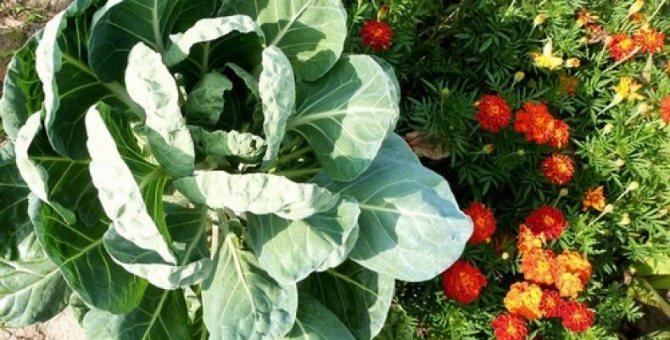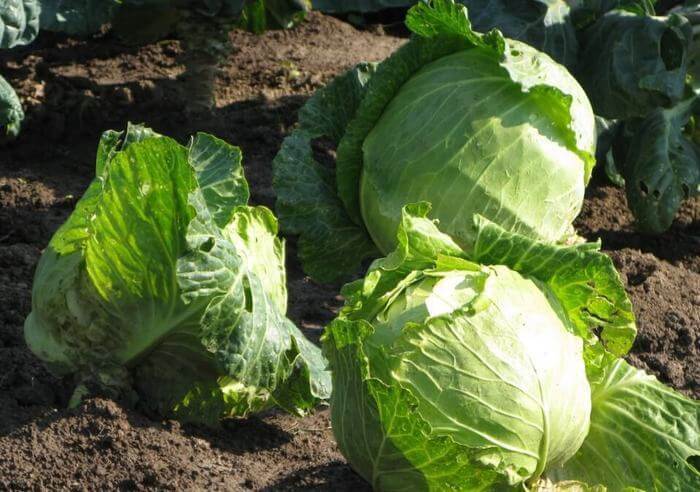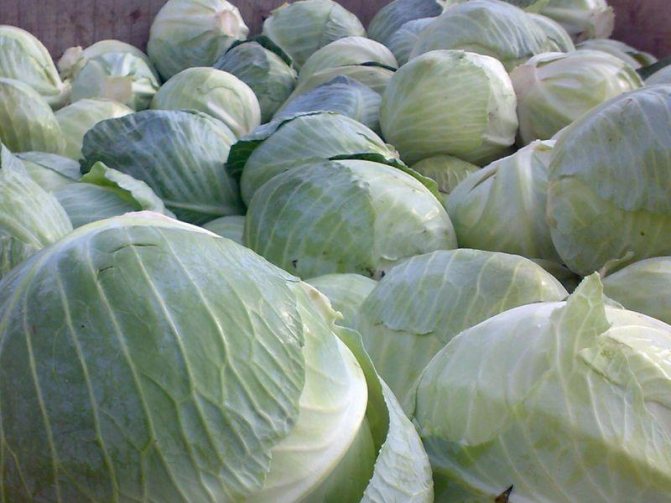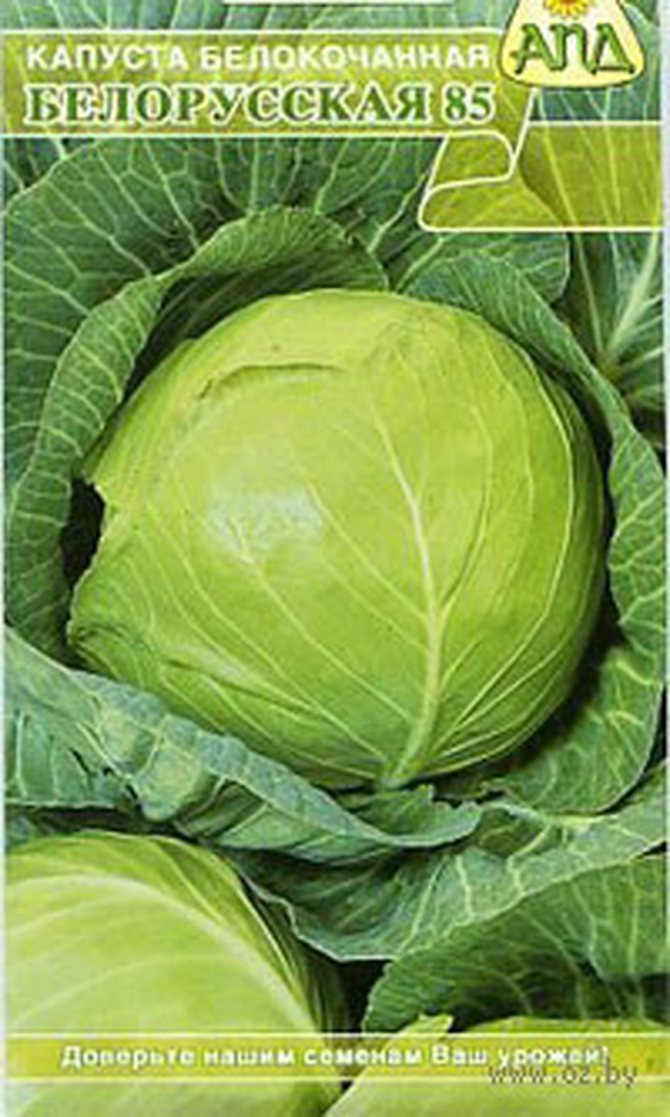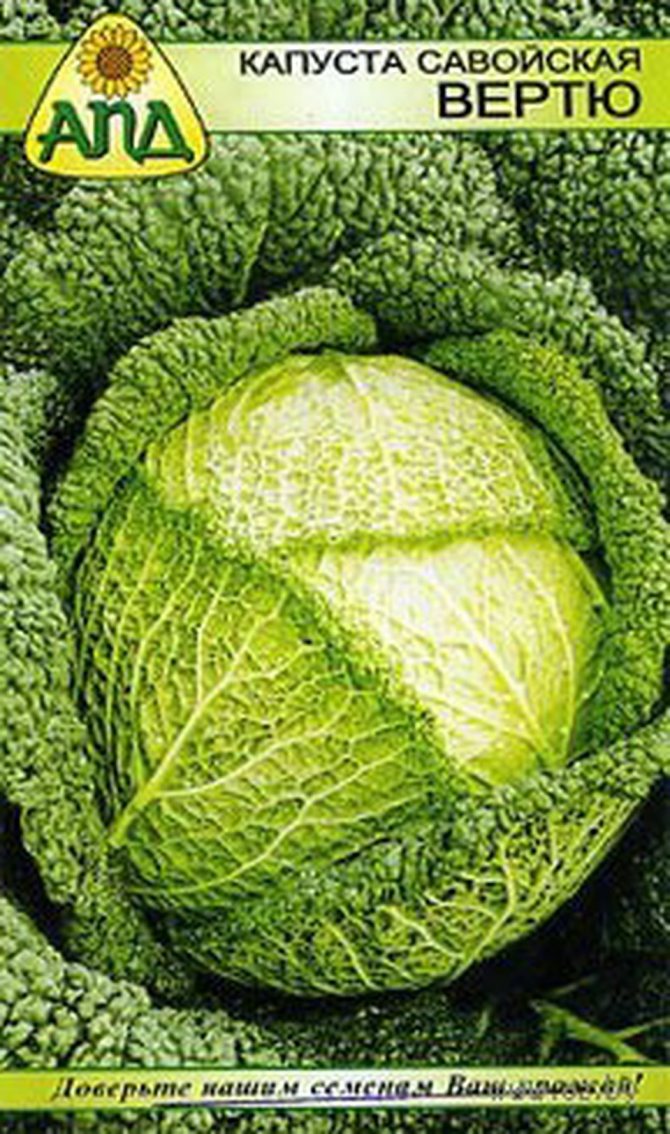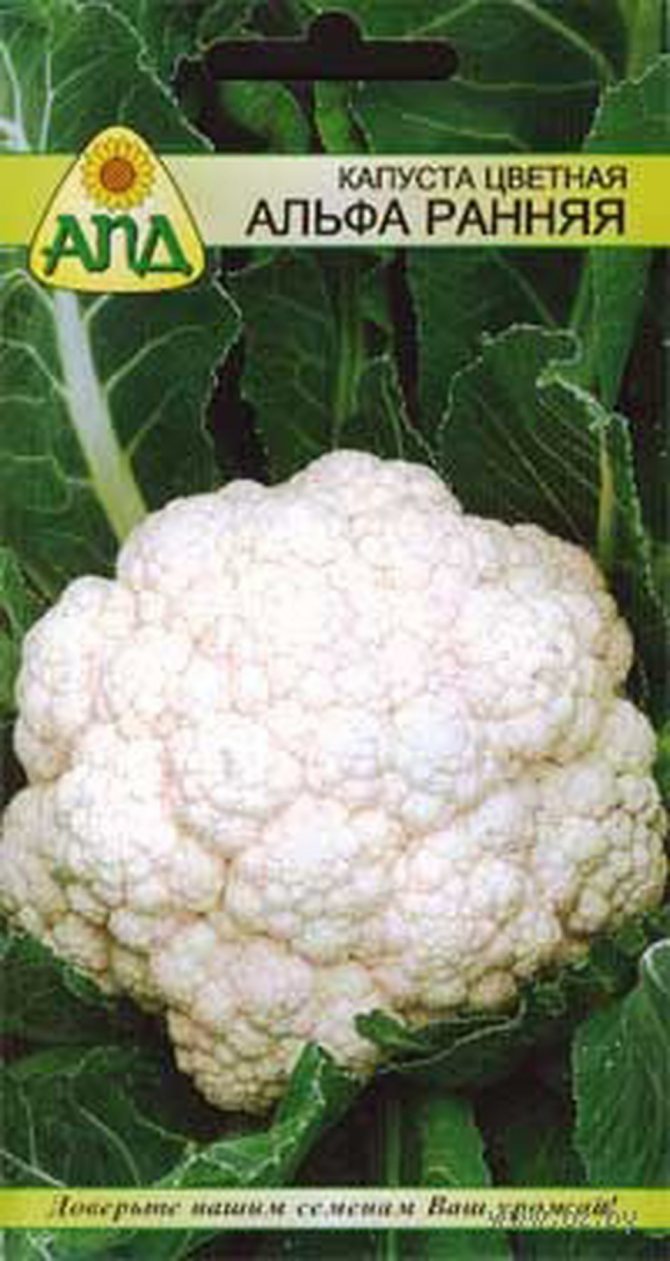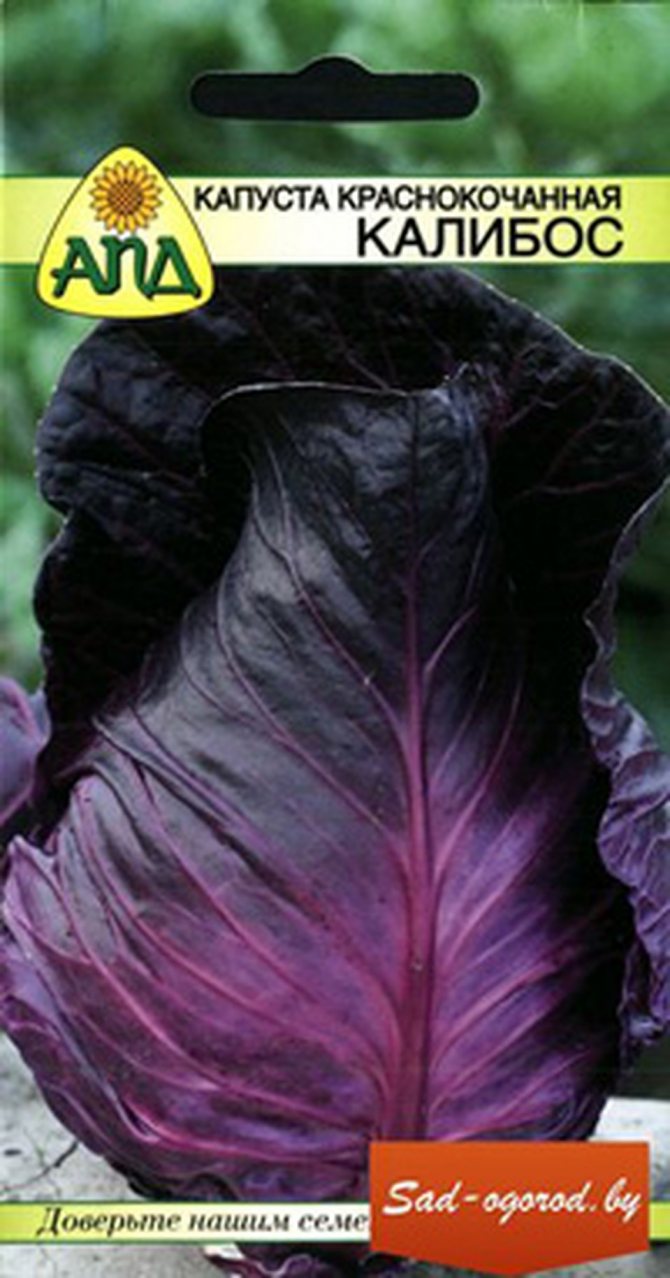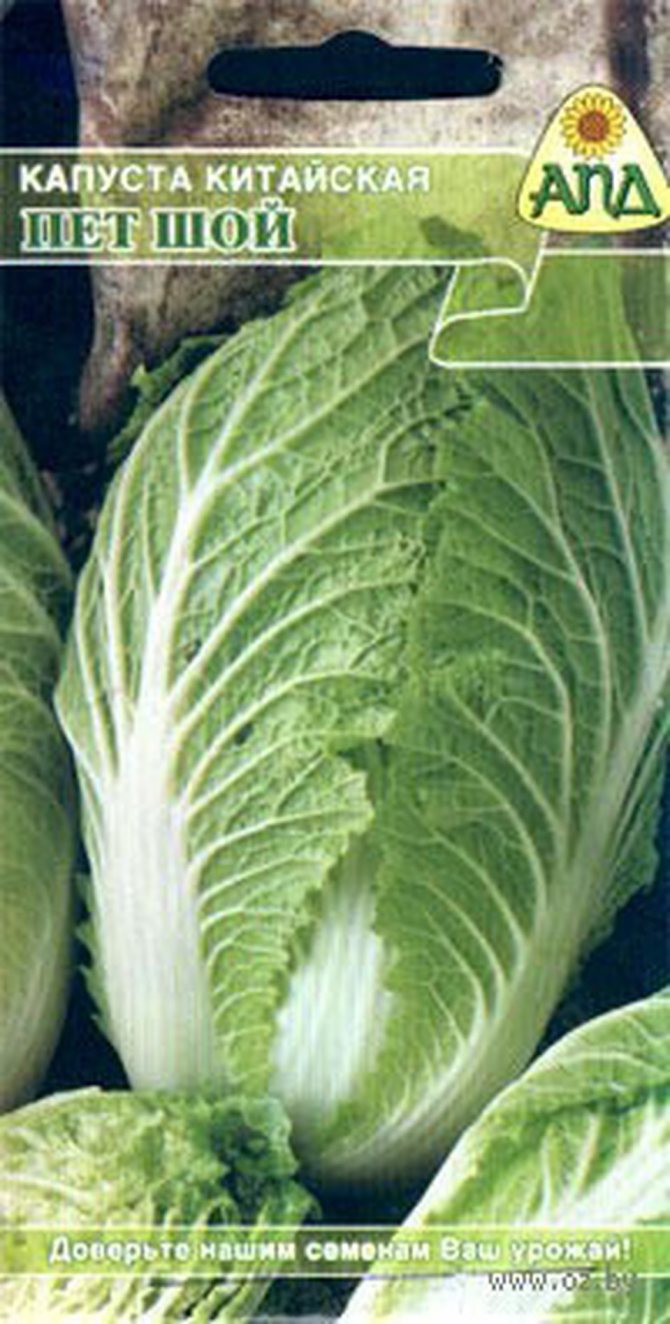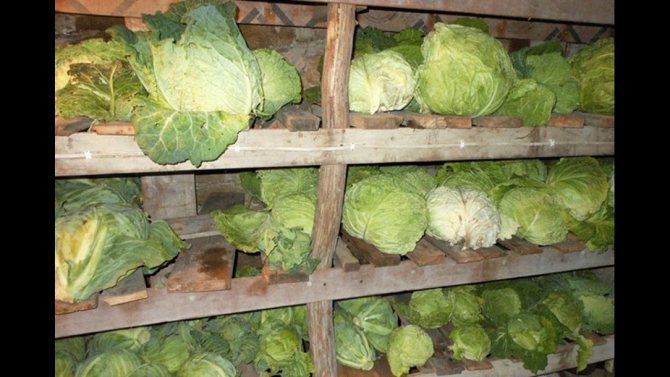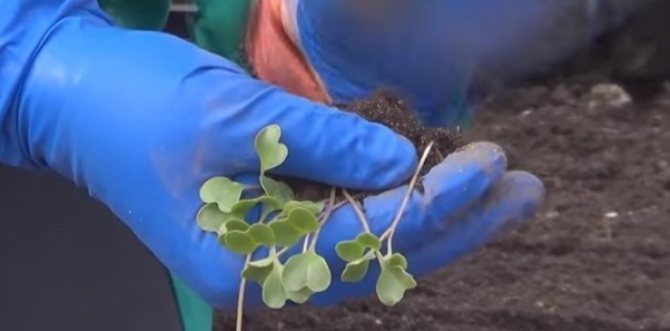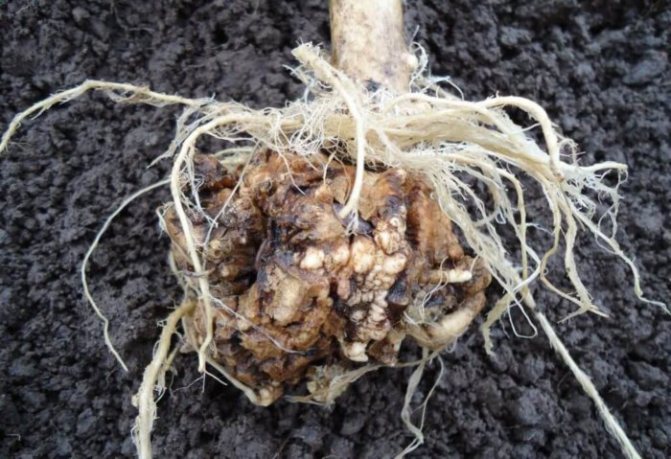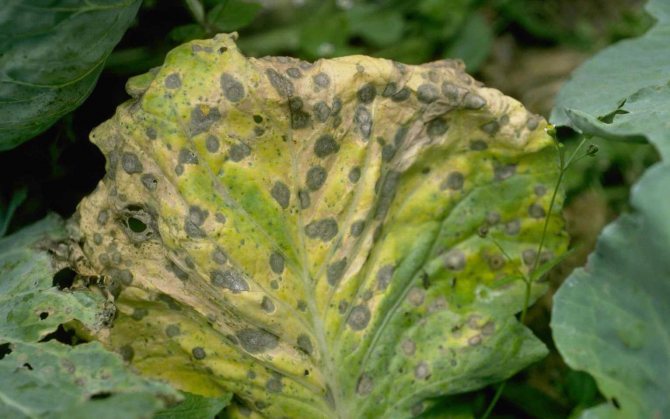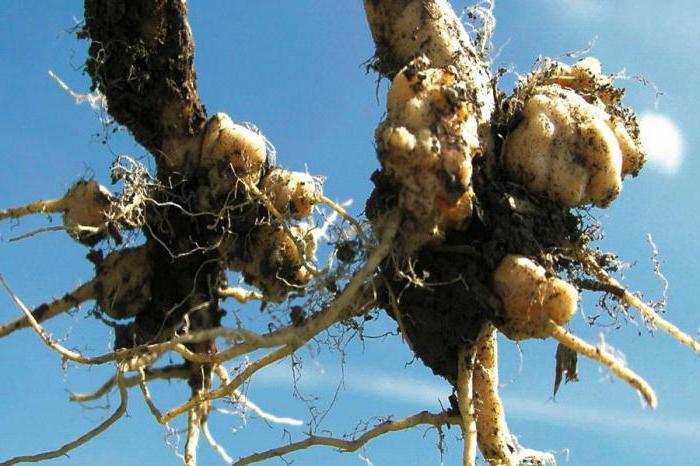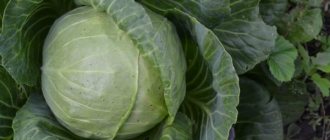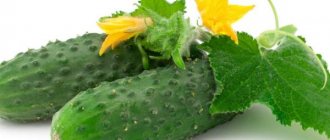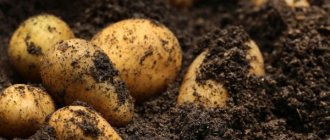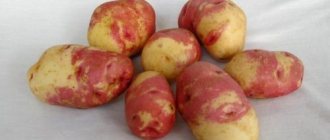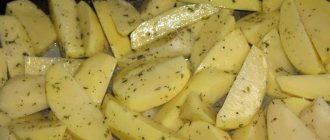Cabbage Belorusskaya 455 is an old domestic variety, bred in 1937. Scientists from VNIISSOK were engaged in the development of this variety. In 1943, the Belarusian was included in the State Register. Cabbage is recommended for cultivation in the following regions of the country:
- North.
- Northwest.
- Central.
- Volgo-Vyatsky.
- Central black earth.
- Middle Volga.
- Uralsk.
- West Siberian.
- East Siberian.
- Far East.
In the article, you will find out a description of the variety, see a photo of the heads of cabbage, and also read the reviews of gardeners who grew Belorussian on their site.
Description of the variety
The variety appeared thanks to the work of Soviet breeders.... It is characterized by dense, flattened heads of cabbage, suitable for fresh consumption, processing and storage.
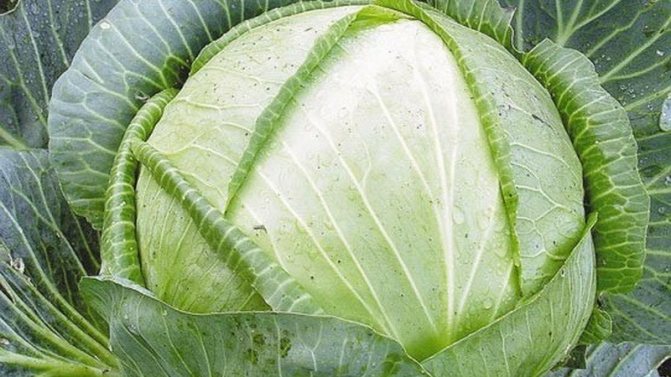
Origin and development
Belarusian cabbage was bred by Soviet breeders of the All-Russian Research Institute of Breeding and Seed Production on the basis of one of the Belarusian varieties by the method of individual and family selection.
The variety was included in the State Register of Russia in 1943... Popular varieties are Belarusian 455 and 85.
Chemical composition and useful properties
100 g of vegetable contains:
- sugar - 4.4-6.7%;
- ascorbic acid - 24-39 mg;
- dry matter - up to 8%;
- vitamin B1 - 0.03 mg;
- B2 - 0.04 mg;
- B5 - 0.2 mg;
- B6 - 0.1 mg;
- E - 0.1 mg;
- calcium - 48 mg;
- phosphorus - 31 mg;
- chlorine - 37 mg.
Cabbage helps to normalize metabolic processes, has anti-inflammatory and analgesic properties, is useful for atherosclerosis, gout, constipation, heart and kidney diseases.
Application features
Heads of cabbage of this variety are suitable for fresh consumption, pickling, salting, stewing, making salads and first courses.
Ripening period and yield
This is a late-ripening variety... The harvest of Belorusskaya 455 is ready for harvesting in 120-130 days after germination, Belorusskaya 85 - after 140-150 days.
Yield - 474-785 c / ha.
Disease, pest and cold resistance
The variety is prone to defeat keel, vascular bacteriosis, cabbage flies, cabbage butterflies, caterpillars, bears, cruciferous bugs, wavy flea beetles, aphids, whiteflies, stem secretive proboscis and slugs.
It is a frost-resistant variety. - seeds germinate at + 5 ° C, adult plants tolerate frosts down to -4 ° C.
Description of the appearance of leaves and head of cabbage
The variety is characterized by a weak root system located 25-30 cm from the soil surface... The plant forms dense heads of cabbage with a flattened shape weighing 2-3 kg (Belorusskaya 85) and 4-4.5 kg (Belorusskaya 455) with an outer stump no more than 10 cm long.
Semi-spreading leaf rosette, reaches 70-90 cm in diameter... The integumentary leaves are dense, large, dark green, have a rounded flat shape, medium wavy edges, thin veins and a smooth surface covered with a waxy coating.
Leaves forming the head of cabbage are thin, light green in color; by the time of technical maturity, they are bleached.
Crispy, juicy cabbage and slightly sweetish.
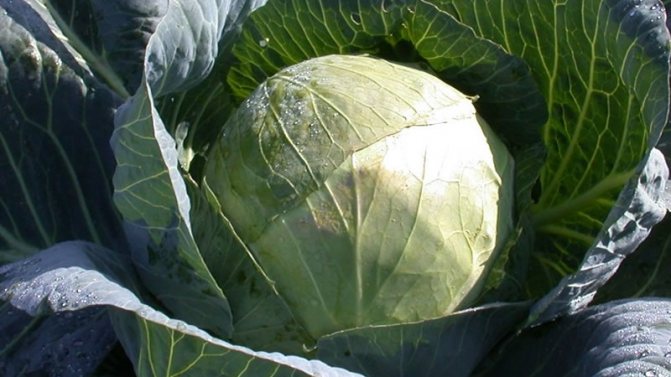

In the photo, Belarusian cabbage.
For which regions is it suitable
Belarusian cabbage allowed for cultivation in Northern, Northwest, Central, Volgo-Vyatka, Central Black Earth, Middle Volga, Ural, West Siberian, East Siberian and Far Eastern regions.
Growing soil
Form the bed from north to south, and then the shoots will receive enough sunlight. If possible, sow mustard in early spring, and dig up the soil along with the mustard seedlings before planting.
Make beds of medium height, keep in mind that the holes should not be on a level or below the border. In the event of a rainy summer, thus, the roots will not get wet, and excess moisture will go to the inter-spaces.
Put a handful of black soil (last year's manure), a tablespoon of wood ash in each hole. Do not overdo it with fertilizers, cabbage did not like excessively greasy soil, so it will not curl for a long time.
Advantages and disadvantages of the Belorusskaya variety
Advantages of the variety:
- lack of tendency to cracking;
- transportability;
- pleasant sweetish taste;
- versatility of application;
- abundant productivity;
- frost resistance;
- the ability to collect your own seeds.
Disadvantages of the Belarusian:
- tendency to damage by diseases and pests;
- exactingness to humidity, especially at the beginning of the growing season;
- poor transplant tolerance.
Difference from other varieties and hybrids
Comparison of Belorusskaya with other late-ripening varieties cabbage is shown in the table:
| Variety | Head shape | Head of cabbage weight, kg | Productivity, c / ha |
| Belarusian | Flattened | 2-3 and 4-4.5 | 474-785 |
| Artemivka | Rounded flat | 2,4-3,2 | 387-559 |
| Turquoise plus | Rounded | 1,7-2,5 | 432-677 |
| Voikor | Rounded flat | 1,7-2,3 | 230-338 |
Growth conditions
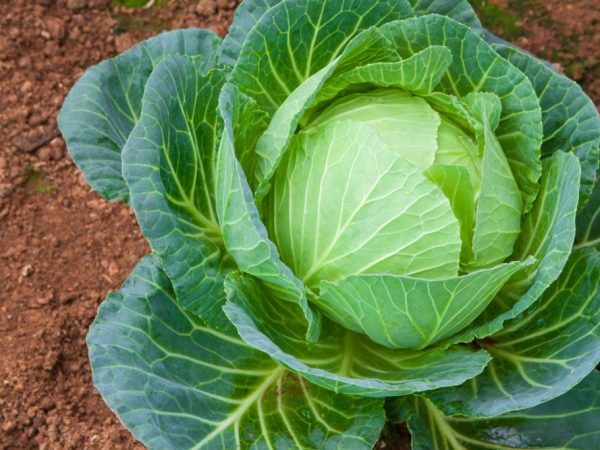

Seedlings, for full development, should be in the sun for a longer time, the soil should not dry out. If there is an opportunity for this, on warm days, take it outside, or in a greenhouse. Be sure to bring it into the house at night, as the temperature is optimal for healthy growth - from 18 degrees above zero, and in May the nights are quite cold.
It is necessary to plant seedlings in the ground after one month of age, and ideally at the age of one and a half months. The stalk should be short and dense, thicker than a pencil.
Choose loamy soil, and a place on the site that is illuminated by the sun in the morning. This is important for cabbage. She will perfectly survive the absence of day and evening sun, but without the morning sun she will be sick.
Despite the fact that this is a moisture-loving plant, do not break the beds in the lowland, and moreover, the beds must be made higher - groundwater is destructive to the roots.
Features of planting and growing
Belarusian cabbage is grown in open and closed groundusing seedling or seedling methods.
Preparation for planting seeds and seedlings
Seed sowing dates vary from late March to early May, depending on the climate of the region: cabbage is sown earlier in warm areas, later in cold areas.
Pre-planting preparation:
- sowing containers are treated with boiling water with the addition of potassium permanganate a week before planting;
- a soil mixture with neutral acidity is prepared by mixing peat, turf soil and sand in a ratio of 3: 1: 0.5, the day before sowing it is spilled with a solution of potassium permanganate or fungicides ("Gamair");
- harden the seeds by lowering them for half an hour in hot (+ 50 ° C), and then for 2 minutes. into cold water;
- planting material is etched by soaking for 30 minutes. in a solution of potassium permanganate or for 8 hours in "Fitosporin".
The substrate is poured into the prepared containers and seeds are sown every 3 cm, deepening them by 1 cm... The grains are sprinkled with soil mixture and watered, the containers are covered with polyethylene and placed in a room with a temperature of + 18 ... + 20 ° C.
After germination they are provided with 12-hour daylight hours and an air temperature of + 15 ° C during the day and + 10 ° C at night.
When the seedlings form 2 true leaves, carry out picking of seedlings in individual containers with a diameter of at least 6 cm.
Seedlings are watered sparingly, avoiding drying out or waterlogging of the soil, and 2 weeks before transplanting to the beds, they begin to harden, taking it to fresh air and gradually increasing the time of its stay there from 15 minutes. up to a day.
Seedless landing
With seedless cultivation, seeds in May are sown directly into open ground according to the scheme 60 × 60 or 70 × 70 cm, deepening by 1-1.5 cm.
Heads of cabbage quickly set at a temperature of + 20 ... + 25 ° C... If the air warms up to + 30 ° C or more, the formation of heads of cabbage slows down.
Ground requirements
The Belarusian plant is planted in a well-lit, sunny and wind-protected place.... The variety prefers light, loose, fertile soil with neutral acidity, good aeration and moisture permeability.
The soil is prepared in autumn: cover with humus or compost mixed with ash at the rate of 1 bucket of mixture per 1 sq. m, and dug to a depth of about 22 cm.
Predecessors
The variety is best planted after onions, tomatoes, potatoes, peppers, legumes and pumpkin crops. The worst predecessors are rutabagas, turnips, turnips and other cabbage varieties.


Timing, scheme and landing rules
Seedlings are transplanted into open ground in the first half of June.when the seedlings are 40-50 days old, they will have 6-8 leaves and a strong root system. The soil should be warmed up to + 4 ... + 10 ° C.
Landing rules:
- The beds are formed in the direction from north to south, maintaining a distance between rows of 60-70 cm.
- Every 60-70 cm, planting holes with a depth of 15-20 cm are made in them.
- A handful of humus and wood ash is poured at the bottom of each, 2-3 liters of water are poured.
- The seedlings are removed from the containers and placed in the prepared grooves, carefully spreading the roots.
- Sprinkle the plants with soil over the lower leaves, compact and water the ground.
Seedling transplant is carried out in the evening or in cloudy, rainy weather.
Growing features
Caring for the Belorusskaya variety assumes the fulfillment of standard agrotechnical requirements: watering, weeding and loosening, fertilizing and protecting against diseases and pests.
Watering mode
During the first 14 days after transplanting, the seedlings are watered at least once every 2 days. at the rate of 2 liters of water per plant. In the future, they are guided by climatic conditions and soil composition: chernozem and loam are watered less often, sandy loam - more often.
Reference. The soil must be moistened at least 20 cm deep.
Watering is stopped 2 weeks before harvestingso that the heads do not crack.
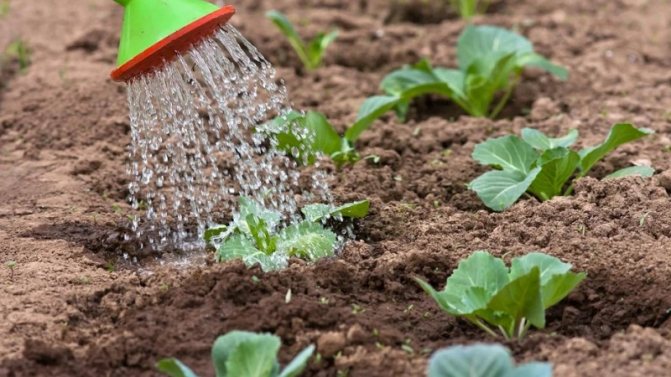

Loosening and hilling
The soil is loosened after each watering or rain to a depth of 7 cm. This improves the access of moisture, air and nutrients to the roots. At the same time, they get rid of weeds.
Spud cabbage twice a season... For the first time - 3 weeks after transplanting seedlings into the ground.
Top dressing
For the first time, fertilizers are applied 2 weeks after transplanting seedlings, consuming 0.5 liters of a solution of humus or chicken droppings for each plant.
In the future, the cabbage is fed another 3-4 times with an interval of 15-20 days, pouring 1 liter of mullein or chicken droppings under the plants.
Reference. The variety responds well to foliar feeding with iodine or ammonia.
Measures to increase the yield
The quantity and quality of the crop depends on the care of the plantings.... Many large and beautiful heads of cabbage can be obtained with proper watering, regular fertilization and protection of vegetables from diseases and pests.
Disease and pest control
Diseases and pests dangerous for this variety are presented in the table:
| Disease / pest | Signs | How to get rid of |
| Keela | Plants lose their turgor, the leaves turn yellow and wither, the heads of cabbage fall to one side, the aboveground part dies off. | The disease is not cured, so the affected specimens are uprooted and burned, and the soil is abundantly watered with copper sulfate. |
| Vascular bacteriosis | The seedlings develop slowly, the roots of the seedlings are bent. They die quickly after the cotyledons are clarified, the veins on the leaves turn black. If the heads of cabbage are tied, they grow small and loose. | The infected plants are dug up and destroyed, the aerial part of healthy ones is sprayed with the Planriz solution. |
| Cabbage flies | The leaves are covered with a sticky bloom, holes or yellow dots appear on them. | Plants are sprayed with a soap-ash solution, decoctions based on garlic, wormwood, onion husks, vinegar, ammonia. If folk remedies do not help, use insecticidal preparations, for example, "Aktara" or "Aktofit". |
| Caterpillars | ||
| Cabbage butterflies | ||
| Medvedki | ||
| Cruciferous bugs | ||
| Wavy fleas | ||
| Aphid | ||
| Whiteflies | ||
| Stem lurkers | ||
| Slugs |
The subtleties of the cultivation of Belarusian cabbage
For planting seeds of this variety of cabbage for seedlings, it is best to choose a sod type of land. It is best to refuse soils with a high content of mineral fertilizers. The optimum temperature for germinating seeds is considered to be 4-5 degrees Celsius.
It should be noted that the variety of Belarusian cabbage 455 has a high level of resistance to low temperature indicators. This makes it possible to plant seedlings from early April to mid-May, depending on the region. In the process of disembarking, they adhere to the scheme of 60x50 centimeters.
If the weather is cool for a long time and recurrent frosts constantly occur, then the newly planted seedlings should be protected with a film. During the day, in sunny weather, it can be opened slightly so that the cabbage breathes and hardens, and at night it is best to cover it back with a film.
Mid-season white cabbage Rinda F1
The hybrid is distinguished by excellent taste and marketability. Cabbage is resistant to cracking and many cruciferous diseases. Read more ...
Description of Belarusian cabbage focuses on the fact that the variety is very fond of moisture. Water it frequently and loosen the soil periodically. But during the ripening stage, it is recommended to reduce watering. Mineral and organic fertilizers are used as top dressing. Dolomite flour is an excellent remedy for pest control.
Harvesting and storage
Harvested in late September - early October, choosing for this a sunny day so that the heads of cabbage are dry.
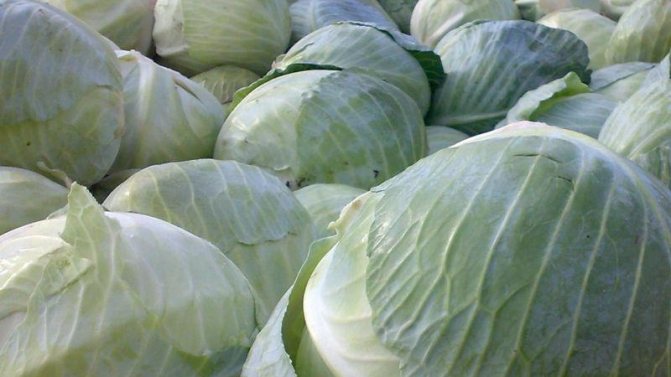

Cabbage heads are cut with a knife, leaving stalks about 3 cm long, for which they are subsequently suspended during storage.
A well-ventilated room with a temperature of 0 ... + 5 ° C and an air humidity within 95% is chosen as a storage facility. In such conditions, heads of cabbage are stored until January, and at a temperature of + 5 ... + 7 ° C - a month.
Vegetable care
It is best to water the plant in the evening so that the sun does not burn the leaves of the vegetable. After planting the seedlings in the exhaust gas, water the cabbage daily. Over time, watering is reduced depending on climatic conditions. At the end of the growing season, watering is done very rarely, and two weeks before harvesting, they stop altogether, since an abundance of moisture can lead to cracking of the heads.
Also, when organizing watering, you need to pay attention to the type of soil. For example, if the crop grows on black soil, then it is watered less frequently than if the vegetable is grown in sandy soil.
After watering, it is advisable to loosen the soil so that the root system does not rot.
Also, due to frequent and abundant watering, weeds will constantly grow near the agricultural crop, which must be removed.
Tips and reviews of experienced gardeners about the variety
Gardeners recommend:
- change the planting site of cabbage annually to reduce the risk of keel damage to the plants;
- sow seeds immediately into individual containers, since seedlings of this variety do not tolerate picking well.
Farmers speak positively about the variety.
Maria, Kazan: “I have been growing this cabbage for several decades, I have tried other varieties, but I still return to Belorusskaya. The cabbage is very tasty, it can be stored well and for a long time, the heads of cabbage are large and dense. True, you have to carefully handle diseases and pests, because the variety has no immunity, but I'm already used to it and I don't think it's something difficult. "
Natalia, Voronezh region: “We have a small plot, but we always grow cabbage. Let a little, but enough for us.We choose Belarusian, because it is very tasty and ideal for fermentation. "
Pest and pest control
The description of the Belarusian cabbage says that this variety is rarely exposed to certain parasites. The main enemies of the plant can be fleas, aphids or leaf beetles. As a prophylaxis for such pests, you can use colloidal sulfur, which is introduced into the soil before planting (200 g per 1 m2). You can fight a flea with the help of a drug such as Fitoferm (about 10 mg of the agent should be applied under each root).
The drug to combat the leaf beetle is Regent: 200 ml of the substance must be diluted in 10 liters of warm water and each affected bush must be sprayed. Copper preparations are considered effective measures to combat aphids. You can use Oxyhom or Epin (50 g of chemical for 5 liters of water). They will disinfect the plant and completely destroy the larvae of the parasites.
Belorusskaya cabbage often has problems with diseases such as black spot or powdery mildew. The problem is that such diseases cannot be completely cured. It is necessary to uproot the entire bush and burn it. As a preventive measure, treatments are carried out using Bordeaux liquid: 10 mg of the drug should be diluted in 10 liters of water, and the bushes should be sprayed every 10 days.
How to plant?
Seedlings are planted in an open area when the air temperature is stably kept at around 15 C. The soil must be prepared in the fall. All fresh organic matter, stems and fruits of garden plants, weeds are removed from the garden.
Organic matter can rot, nematodes, white small worms, which are difficult to get rid of, can appear on it.
Humus, sand and ash are added to the garden bed. Insects spend the winter in the ground. To prevent their appearance, it is recommended to add Nitrofoski, 50 g / m2 to the soil mixture. The bed is dug into one shovel.
In the spring, 2 weeks before planting the seedlings, 20 g of urea and superphosphate, 40 g / m2 are introduced. Harrowing is carried out.
Since cabbage has bulky leaves, it is recommended to follow the planting scheme for it. At high density, the soil is poorly ventilated, a fungus develops on it, which causes the death of plants.
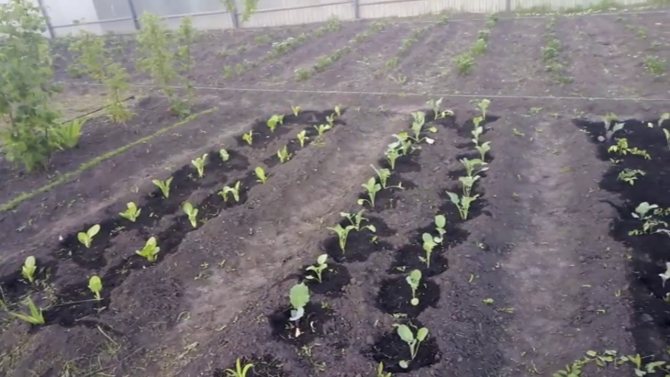

Before planting, the seedlings are hardened, taken out to the garden so that it adapts to the low air temperature. Water the seedlings to make it easier to get them out of the cups. The earth lump is not destroyed.
The seedlings are deepened by 10 cm. Ash, sand and 5 g of urea are added to the hole. Sprinkle the plant with moist soil on all sides. In order for the roots to spread faster and begin to germinate, it is recommended to add water to the hole. If the soil is wet, then watering after planting is not carried out.
More on the topic: What are the most common cabbage diseases?
Care after landing
After planting, watering is necessary every day. In the evening, after the sun is closer to sunset, more than a liter of water must be poured under each root.
During the first week, there is no need to loosen the root zone, and after a week, before watering, you need to loosen it.
Constant weeding will help to avoid excess moisture from weeds, and will allow you to immediately notice pests.
Stop daily watering two weeks after planting. It is necessary to allow the sprouts to dry completely, and let them stand completely dry for a couple of days.
It is necessary to monitor the appearance of midges and caterpillars. When the midge first appears, sprinkle the cabbage with soapy water, and sprinkle with wood ash on top.
Dilute laundry soap in a bucket of warm water to make the water white and soapy. Spray the leaves with this solution, especially the middle - the connection of the leaves with the cuttings, and the ground around.
When caterpillars appear, it is necessary to use special treatment products. Processing should be done in calm weather, preferably in the evening, after the sun is closer to sunset.

